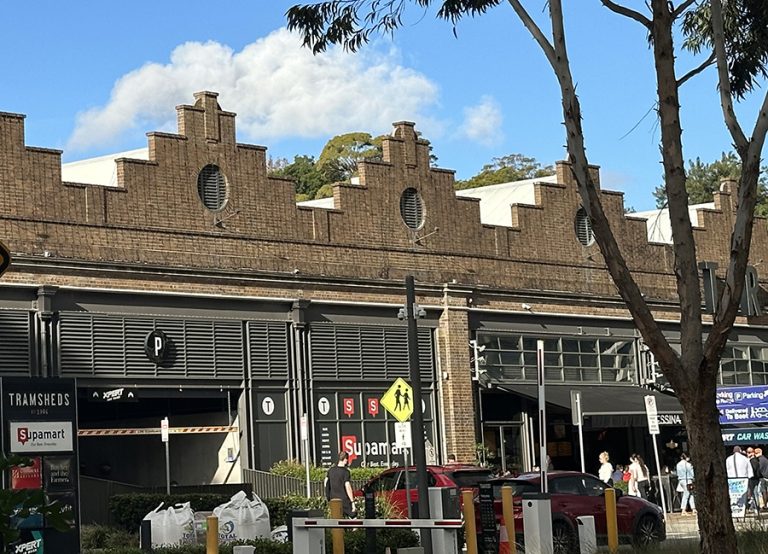If your property is a listed heritage item or located in a heritage conservation area (HCA), a Heritage Impact Statement (HIS) is required for your development application. This report assesses your property’s history, heritage significance, and the impact of your proposed works, ensuring your project respects its historic character.
A Heritage Impact Statement (HIS) is a detailed report required when submitting a development application for a property that is either a listed heritage item under the Local Environmental Plan (LEP) or located within a heritage conservation area (HCA). The report provides a thorough history of the property, its heritage significance, and any previous developments. It also assesses the potential impact of proposed works on the heritage values of the property or area and may recommend measures to ensure the development does not detract from its heritage character.
A Heritage Impact Statement:
Whether it’s minor repairs, a new extension, or a larger redevelopment, a HIS helps you navigate Council requirements with confidence.
Our Heritage Impact Statement reports include:
Even small projects, like repainting or repairing, may require a heritage report. We prepare reports confirming if Council will approve your work as exempt development—saving time and effort.
Any work in a HCA requires a HIS. We assess:
• Streetscape and landscaping impacts
• Architectural features and building form
• Compliance with conservation guidelines
We also provide practical recommendations to ensure your project fits the character of the area.
• Minor Works / Exempt Development: From $1,800
• Simple HIS for HCA: From $1,800
• Listed Heritage Items: From $2,600
Prices vary depending on your property, development, and Council area. Discounts available if we also prepare your Statement of Environmental Effects.
Most HIS reports are ready in 2–3 weeks, depending on complexity. We work efficiently to ensure your development application is submitted without delay.
Town Planning Collective is a boutique planning and heritage consultancy with over 15 years of experience helping property owners navigate Council requirements. Our team combines expert heritage knowledge with practical, real-world solutions to ensure your project meets compliance while respecting heritage values.
We pride ourselves on:
With Town Planning Collective, you’re not just getting a report—you’re gaining a trusted partner for your development journey.
Send us your plans or documents via email at admin@theplanningcollective.com.au or fill out our contact form below. Our team will provide a clear, flat-fee quote and guide you through the process from start to finish.


Experienced consultant town planners can help with your development

Bringing an experienced town planner and heritage consultant onboard can help you save money by avoiding unnecessary additional information requests or additional reports.

Engaging a town planner with heritage experience to prepare your statement of environmental effect and heritage impact statements cuts down on the approval timeframe.

Experienced town planners can project manage the development process. Consulting with relevant consultants to ensure your project is delivered and approved quickly.

Town planners and heritage consultants with Council experience are valuable in the development process. Council development officers know the process and understand what needs to be done to gain approval.

Town planners and heritage consulants help remove the stress out of a development application approval by avoiding additional information or just handling the whole Council process for you!
Did you know that, on average, our reports are completed within two weeks of final plans being provided!
At Town Planning Collective, our ability to consistently deliver planning and heritage reports within two weeks isn’t a shortcut — it’s the result of deep expertise, refined systems and decades of industry experience. With thousands of planning and heritage assessments completed across every Council area in NSW, we simply don’t need to reinvent the wheel each time a new project comes through the door. We already know the planning frameworks, the heritage controls, the common issues, and importantly, how different councils interpret and apply their policies.
Our Principal Planner brings almost 20 years of town planning and heritage experience, having worked on an enormous variety of development types, constraints, and legislative frameworks. That level of knowledge means we can quickly diagnose issues, identify opportunities, and produce well-reasoned, compliant reports without delay. Put simply—we’ve seen it all, and our experience allows us to work efficiently without ever compromising on quality.
Because our research base is extensive and our internal processes are streamlined, we can focus our time on what matters most: crafting clear, accurate, council-ready planning reports tailored to your specific development. This combination of expertise, efficiency, and a highly specialised skillset is what allows our fast turnaround to work—project after project, report after report.
Fill out the form below to get a quote for a heritage impact statement or if you need assistance with your project.
Sydney Areas
Blacktown, Campbelltown, Canterbury Bankstown, Canada Bay, Central Coast, Georges River, Hills Shire, Hornsby, Ku-ring-gai, Inner West, Mosman, Northern Beaches, North Sydney, Parramatta, Randwick, Ryde, Sydney, Waverley, Wollondilly, Woollahra, Wollongong
Newcastle – Hunter Valley
Newcastle, Maitland, Cessnock, Singleton, Dungog, Lake Macquarie, Port Stephens
Regional NSW
Mid North Coast, Ballina, Byron Bay, Wagga Wagga, Tweed Shire, Dubbo, Parkes, Armidale, Tamworth, Coffs Harbour, Snowy Mountains, Yass
Town Planning Collective is a professional town planning and heritage consulting practice providing expert advice and approval support for development applications across Sydney and New South Wales. We specialise in navigating local planning controls, heritage requirements, and council approval processes for residential and small-scale developments.
Sydney NSW
Greater Sydney
Regional New South Wales
Copyright 2026 Town Planning Collective